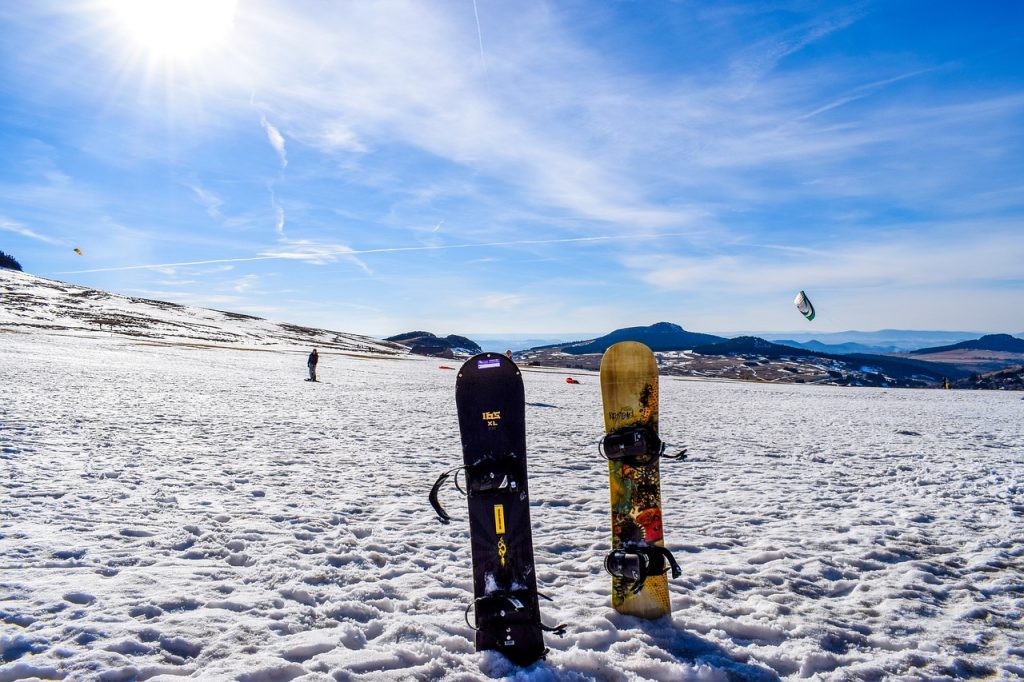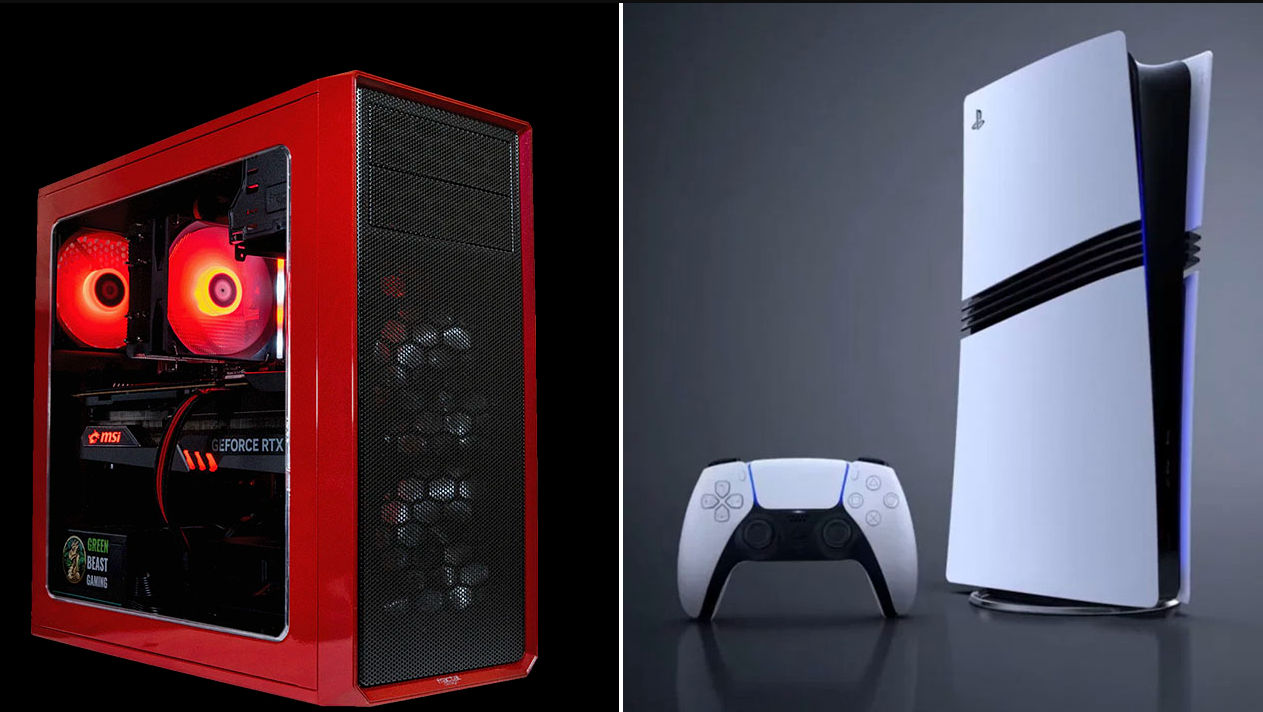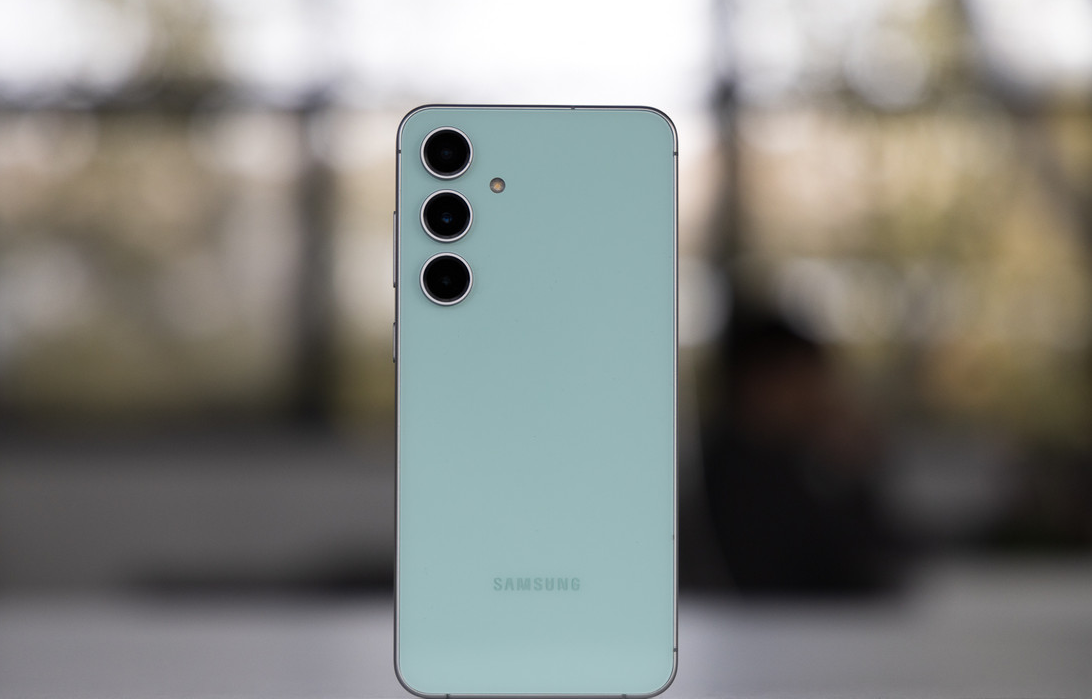Snowboarding is a winter sport that attracts more and more people. This exciting activity provides an opportunity to enjoy winter mountain scenery, experience adrenaline and improve your physique. However, to get the most out of snowboarding, it’s important to choose the right board for you. In this article, we’ll look at the key factors that will help you make the right choice.
Experience level
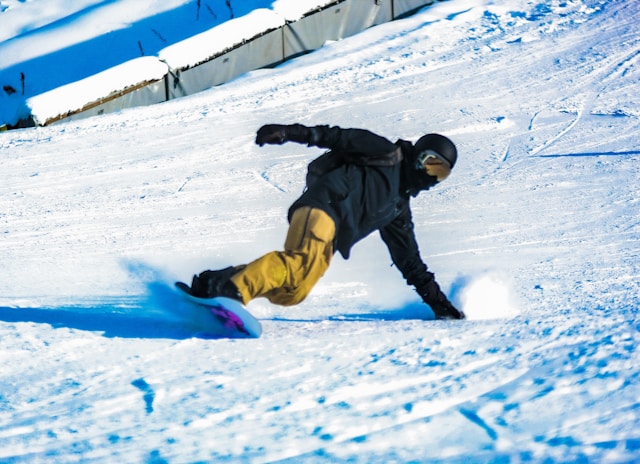
Experience level is critical when choosing a snowboard, as different boards are designed for different levels of riders. Not only does experience determine your comfort and safety on the slope, but also your ability to develop skills and progress in snowboarding. Let’s take a closer look at which snowboard is suitable for different experience levels:
Newcomers
If you’re new to snowboarding, it’s best to start with a soft and controllable board. Beginners often find it difficult to keep their balance and perform manoeuvres, so a board with small stiff bindings and softened flex will be the best choice. These features will help you learn more easily, master basic skills and reduce the chance of falls.
Advanced beginners and intermediate level
Once you’ve mastered the basics and feel confident on the slope, you can move on to more versatile snowboards such as all-mountain boards. These boards tend to be stiffer, giving you better stability at high speeds and when riding on pistes. They can also be used to experiment with freestyle and freeride.
Experienced riders

If you’re an experienced snowboarder, you probably know your riding style and preferences. In this case, you may choose boards with stiffer flex that offer great grip and control on the piste. Experienced riders may also consider specialised freeride or freestyle boards, depending on their preference.
Remember that experience levels can change over time, and over time you may become a more experienced rider and change your snowboarding preferences. So regularly review your equipment and update it to suit your skills and riding style.
Type of riding
When choosing a snowboard, it’s important to consider your riding style, as different types of snowboards are designed for different conditions and styles. Let’s take a closer look at the different types of skiing and which snowboards are suitable for each of them:
All-Mountain.
This style of riding is geared towards a variety of conditions and trails. All-mountain snowboards are versatile and can be used on piste, powder, red and black slopes. They often have a medium stiff flex, which provides a good combination of manoeuvrability and stability. This type of board is suitable for beginners and experienced riders alike.
Freestyle
Freestyle riders lean towards doing tricks, jumps, and spins in the park and on the piste. Freestyle snowboards are often short, soft flex and have a wider profile for better manoeuvrability and control in the air. They may also have a higher side radius, making spins easier. Freestyle boards are great for those who want to develop jumping and trick skills.
Freeride
This style of riding is for riders who prefer to ride off-piste, looking for loose slopes and powder. Freeride boards usually have a long nose and tail for better float in deep snow. They typically have a stiff flex for stability at high speeds and internal channels to help with snow drainage. Freeride snowboards suit experienced riders looking for off-piste adventure.
Mountaineering (Alpine)
This style of riding is focused on competitive riding and speed. Alpine snowboards have a narrow profile, stiff flex and often have no tail to maximise grip on the piste. They are designed for fast and precise riding on hard pistes. This style is suitable for riders who want to compete and achieve high speeds.
The type of riding you choose depends on your goals, preferences, and experience. It’s important to remember that you don’t have to limit yourself to one style, and snowboards can have combined features to suit different conditions. So discuss your needs with a salesperson or instructor to find the best snowboard for your goals.
Height and weight
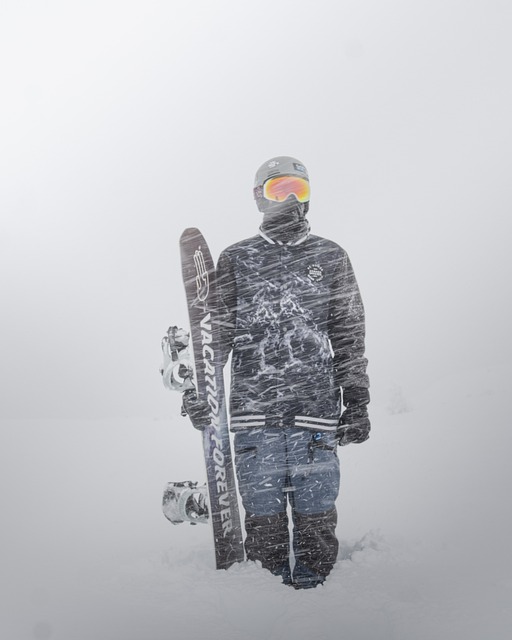
Your height and weight play an important role when deciding a snowboard as they affect the overall length and stiffness of the board, which in turn affects your ability to handle and control the snowboard. Let’s take a closer look at how these parameters affect your choice of snowboard:
Growth
Tall: If you are tall, you will probably need a longer board. Longer snowboards tend to offer better stability at high speeds and on big slopes. However, if your riding style is focused on freestyle and doing tricks, a shorter board may be more manoeuvrable and suitable.
Short: For shorter riders, short boards can provide easy handling and manoeuvrability. Short boards are easier to turn and are more suitable for riding in dense forests or on narrow trails. However, if you’re very short, you’ll need a board that matches your weight to provide the stability you need.
Weight
Heavy Weight: If you weigh more, you may need a stiffer board to support your weight and provide stability when riding at higher speeds. Heavier riders may also require stiffer bindings and boots to ensure a secure hold on the board.
Lighter weight: Lighter riders can get by with softer and more manoeuvrable boards. A soft flex can provide easier handling, which is especially helpful for beginners. However, it is important that the board is long enough to support your weight.
Also note that snowboard manufacturers often provide recommendations for board length based on your height and weight. These recommendations can serve as a good guideline for your purchase. It is also important to consider your riding style and preferences when choosing a snowboard, as the same parameters can vary from model to model and brand to brand.
Geometry and profile
The geometry and profile of a snowboard play a key role in its performance and on-slope behaviour. Understanding these aspects will help you choose the right board for your riding style and conditions. Let’s take a closer look at the geometry and profile of a snowboard:
Geometry
The geometry of a snowboard includes features such as length, width, nose and tail shape, side radius and angles.
- Length: The length of a snowboard is measured in centimetres and plays an important role in its performance. Longer boards usually offer better stability at high speeds and on big slopes, while shorter boards are more manoeuvrable and suitable for freestyle.
- Width: The width of a snowboard determines how comfortable your feet are on the board. If your feet are too big for the board, it can lead to drops and imbalance. Wide boards are designed for riders with big feet, while narrow boards are suitable for those with smaller feet.
- Nose and Tail Shape: The shape of the nose and tail can vary from board to board. For example, freeride boards may have a longer nose and tail for better float in the powder, while freestyle boards have a shorter nose and tail for easy spins and jumps.
- Side Radius: The side radius determines how easily the board turns. A smaller radius makes the board more manoeuvrable, suitable for freestyle, while a larger radius makes the board stable at higher speeds and on piste.
Profile
The profile of a snowboard describes the curvature of its surface relative to the snow. There are several basic types of profiles:
- Camber: The camber profile is characterised by a curved inner part of the board, which provides good snow grip and stability at high speeds. Camber boards are generally suitable for piste riding and for those who prefer a competitive style.
- Rocker: The rocker profile is the opposite of the camber profile and is characterised by a raised nose and tail, making the board more manoeuvrable and suitable for powder and freestyle riding. Rocker boards are easier to lift the nose in deep snow.
- Camber-Rocker: This profile combines camber and rocker to create a versatile board with good stability at speed and freestyle manoeuvrability.
- Rocker-Camber: This profile is also a combination of rocker and camber, but with increased nose and tail lift. It gives the board stability at speed and ease of turning.
The choice of profile depends on your riding style and preferences. Some riders prefer a profile that combines the best features of camber and rocker for optimal performance on the slope. Additionally, many manufacturers offer unique profiles and technologies, so be sure to consult an expert or try out different options to find the best snowboard for your needs.
Brand and model
Once you’ve decided on your preferences, research different brands and models. Each brand has its own unique technology and features, and it’s important to find the board that fits your needs and riding style.
Try-on and test drive
If you have the opportunity, try on a few snowboards and take a test drive. This will help you assess which board best matches your expectations and comfort.
Safety
Don’t forget about safety. Get good equipment, including a helmet and protection, and follow the rules of safety on the slopes.
Choosing a snowboard is an important step for every rider and should be based on your individual needs and preferences. By following these tips and thoroughly researching the market, you will be able to find the perfect board that will help you enjoy this exciting sport. Don’t forget to learn and improve your skills, and you will soon become a true snowboarding master.
Take your next step in the world of snowboarding with reBITme.com and enjoy the benefits. Enjoy your purchases!
